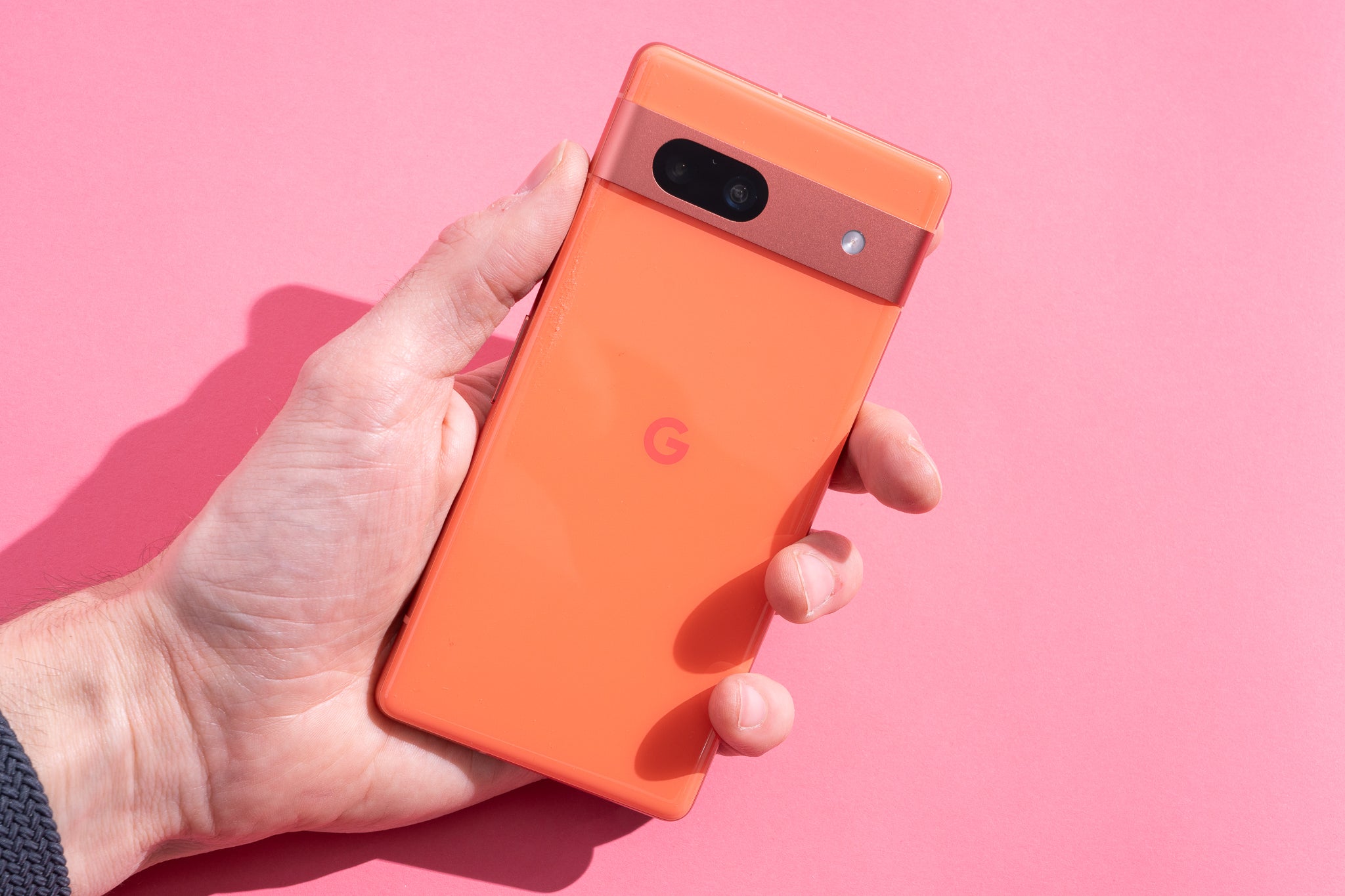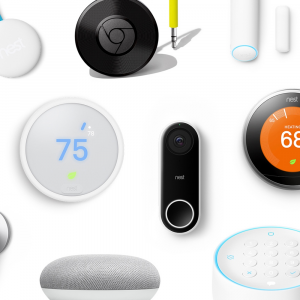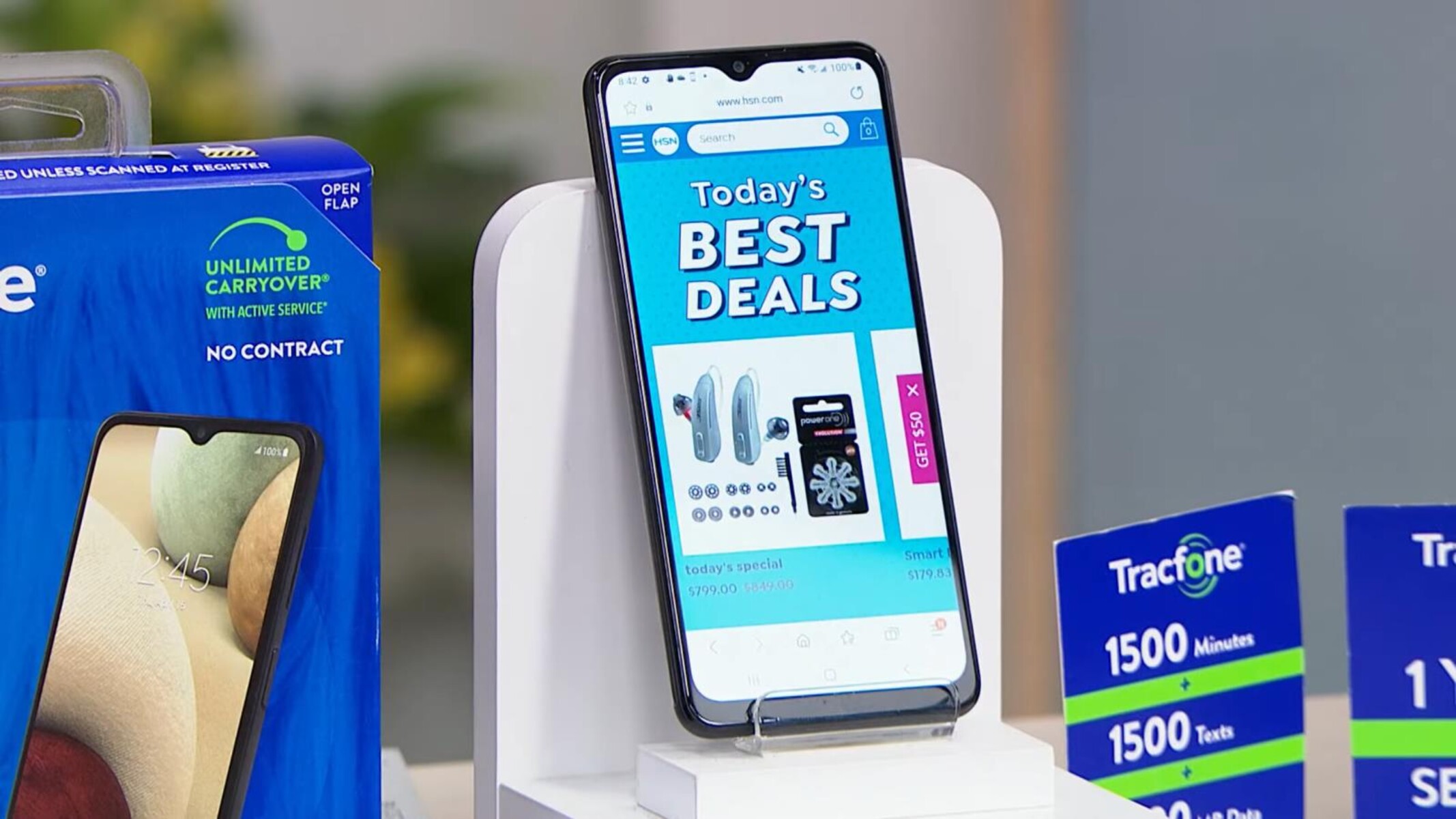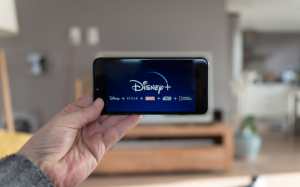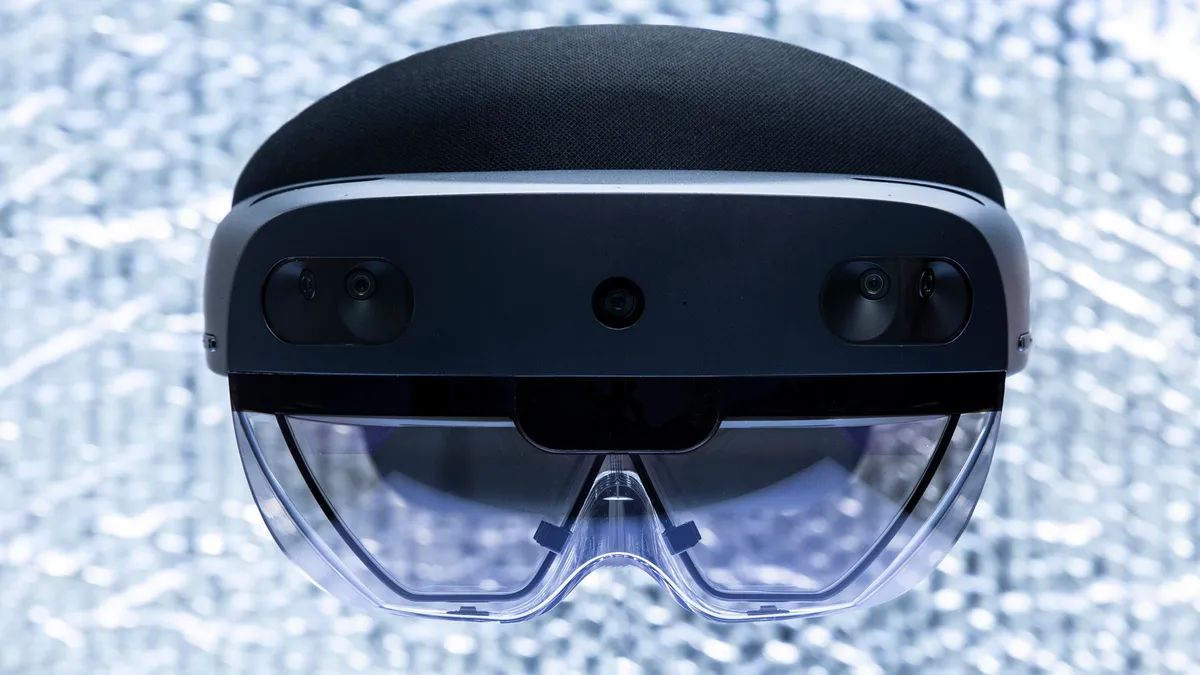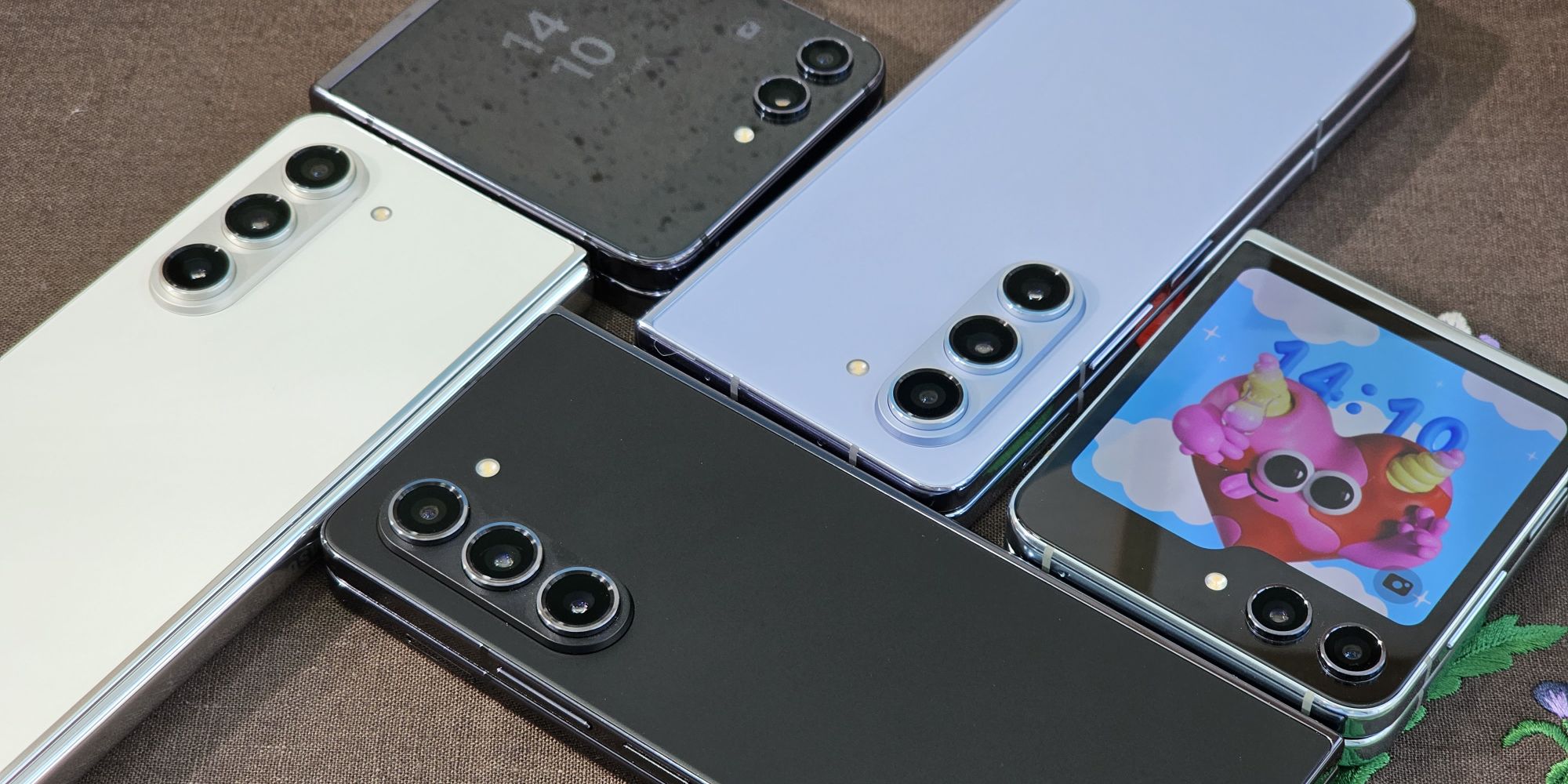Introduction
Smartphones have become an essential part of our daily lives, serving as a communication tool, a source of entertainment, and a gateway to the digital world. With the rapid advancement of technology, it’s no wonder that smartphones come in a variety of models and prices. Whether you’re in the market for a budget-friendly option or the latest flagship device, the cost of purchasing a smartphone is a crucial factor to consider.
When it comes to determining the price of a smartphone, there are several factors at play. The brand, specifications, features, and design all contribute to the overall cost. Understanding the different price ranges and additional costs associated with owning a smartphone can help you make an informed decision and find the best deal within your budget.
In this article, we will explore the factors impacting smartphone cost, delve into the price ranges of entry-level, mid-range, and high-end smartphones, discuss additional costs to consider, and provide tips on finding the best deals and saving money on smartphone purchases.
So, whether you’re a tech enthusiast looking for the latest cutting-edge device or a budget-conscious buyer seeking a reliable smartphone without breaking the bank, join us as we navigate through the world of smartphone costs and help you make a savvy purchasing decision.
Factors Impacting Smartphone Cost
When it comes to the cost of smartphones, various factors come into play. These factors can significantly impact the price of a smartphone and vary from one device to another. Understanding these factors will help you make an informed decision when purchasing a smartphone.
1. Brand: The brand of a smartphone plays a significant role in determining its price. Well-established brands such as Apple and Samsung tend to have higher price points compared to lesser-known brands. This is due to factors like brand reputation, quality assurance, and customer support.
2. Specifications and Features: The specifications and features of a smartphone have a direct impact on its cost. Higher-end devices usually come with advanced features like superior camera systems, larger storage capacities, faster processors, and better display technologies. These enhanced specifications and features contribute to a higher price tag.
3. Design and Materials: The design and materials used in a smartphone’s construction also influence its cost. Premium materials like glass and metal are typically found in high-end devices, while budget-friendly smartphones tend to use plastic or lower-grade materials. Additionally, unique design elements, such as bezel-less displays or curved edges, can further drive up the cost.
4. Storage Capacity: The storage capacity of a smartphone, measured in gigabytes (GB), affects its price. Devices with larger storage options are generally more expensive. It’s important to consider your usage requirements, as opting for more storage may increase the overall cost but provide ample space for apps, photos, and videos.
5. Display Technology: Smartphones come with various display technologies, such as LCD, OLED, or AMOLED. Each display technology has its own advantages and cost implications. OLED and AMOLED displays, known for their vibrant colors and deeper blacks, are usually found in higher-end devices and contribute to a higher price point.
6. Connectivity Options: The inclusion of connectivity options like 5G, NFC, or wireless charging can influence the cost of a smartphone. These features are often associated with more advanced models and are considered as premium additions, resulting in a higher price.
7. Research and Development: The investment made by manufacturers in research and development also factors into the final cost of a smartphone. Innovations in software, hardware, and user experience require substantial resources, which are reflected in the retail price.
8. Market Demand: Market demand plays a significant role in smartphone pricing. Highly sought-after devices often come with a higher price tag due to the competition among buyers, limited supply, or exclusivity.
It’s important to consider these factors when determining the right smartphone within your budget. By understanding which features and specifications are essential to you, you can make an informed decision and find the perfect balance between price and functionality.
Price Range of Entry-Level Smartphones
Entry-level smartphones are designed to provide basic functionality at an affordable price point, making them an ideal choice for budget-conscious consumers. These devices offer essential features and decent performance without the hefty price tag associated with high-end smartphones. The price range for entry-level smartphones typically falls within a specific range.
1. Budget-Friendly Options: Entry-level smartphones are often priced between $100 to $300. These devices strike a balance between affordability and functionality, making them accessible to a broader audience. While they may not have all the bells and whistles of higher-end models, they offer essential features like a decent camera, sufficient storage space, and respectable performance for everyday tasks.
2. Lower Specifications: The lower price range of entry-level smartphones means that they may have slightly lower specifications compared to mid-range or high-end devices. You may find a lower resolution display, a less powerful processor, and a more modest camera system. However, these devices still provide a satisfactory user experience for basic needs such as calls, messaging, web browsing, and social media usage.
3. Limited Storage: Entry-level smartphones often come with limited storage capacity. You can expect options ranging from 16GB to 64GB, which may not be suitable for users with extensive media or app storage requirements. However, most devices offer expandable storage options via microSD cards, allowing you to increase storage capacity as needed.
4. Design and Build: While entry-level smartphones may not feature premium materials or sleek designs, they are still designed to be functional and ergonomic. These devices usually have a plastic build, which helps keep the cost down. However, manufacturers have made advancements in design to offer a more aesthetically pleasing look, with slim profiles and decent build quality.
5. Battery Life: Entry-level smartphones tend to have good battery life due to their less power-hungry components. This means you can expect a day’s worth of usage on a single charge, making these devices reliable for everyday tasks without the need for frequent charging.
Overall, entry-level smartphones offer a cost-effective option for users who prioritize budget-friendly prices and basic functionality. While they may not have all the latest features and specifications, they provide a practical solution for those who primarily use their smartphones for communication, web browsing, social media, and light multimedia consumption.
Price Range of Mid-Range Smartphones
Mid-range smartphones strike a balance between affordability and performance, offering a range of features that cater to a wider audience. These devices often provide a better user experience compared to entry-level smartphones, without reaching the high price tag of flagship models. The price range for mid-range smartphones typically falls within a specific range.
1. Affordable Performance: Mid-range smartphones are priced between $300 and $600, making them a suitable choice for users seeking better performance without breaking the bank. These devices often come equipped with processors and RAM configurations that deliver snappy performance, allowing for smooth multitasking, gaming, and app usage.
2. Improved Specifications: Compared to entry-level smartphones, mid-range devices boast improved specifications. You can expect a higher-resolution display, better camera systems, and more storage options. These devices often offer faster charging capabilities, better screen-to-body ratios, and overall improved performance when compared to their budget counterparts.
3. Design and Build: Mid-range smartphones feature more premium designs and build quality. Manufacturers often use glass or metal for the construction, giving them a more premium look and feel. Additionally, you may find features like fingerprint sensors or facial recognition technology, adding to the overall user experience.
4. Camera Capabilities: Mid-range smartphones tend to offer better camera capabilities compared to entry-level devices. You can expect higher megapixel counts, improved low-light performance, and additional camera features like optical image stabilization or multiple camera lenses for various shooting modes.
5. More Storage Options: Mid-range smartphones usually come with more storage options, ranging from 64GB to 128GB, making them suitable for users who require ample space for apps, photos, and videos. Some devices also provide expandable storage options via microSD cards, allowing for further storage expansion.
6. Enhanced Battery Life: Despite their improved performance and features, mid-range smartphones generally provide decent battery life. Manufacturers optimize these devices to offer efficient power consumption, ensuring that you can easily get through a day of usage without worrying about running out of battery.
In summary, mid-range smartphones offer a great balance between price and performance. They provide better specifications, design, and features compared to entry-level devices, while still remaining within a more affordable price range. For users looking for a smartphone with more power, improved camera capabilities, and higher-quality build, mid-range devices are a great option.
Price Range of High-End Smartphones
High-end smartphones are the pinnacle of mobile technology, boasting the latest innovations, cutting-edge features, and superior performance. These devices cater to tech enthusiasts and power users who demand the best mobile experience available. However, such luxury does come with a higher price tag. The price range for high-end smartphones typically falls within a specific range.
1. Flagship Pricing: High-end smartphones are often priced above $600, with some flagship models reaching well beyond the $1,000 mark. These premium devices incorporate the latest advancements in technology, design, and features, making them the most expensive options in the smartphone market.
2. Top-of-the-Line Specifications: High-end smartphones offer top-of-the-line specifications, including powerful processors, ample RAM, and high-resolution displays. These devices deliver lightning-fast performance, smooth multitasking, and superior graphics capabilities, catering to heavy users and gamers alike.
3. Cutting-Edge Features: To justify their higher price, high-end smartphones often come with cutting-edge features. These can include advanced camera systems with multiple lenses, enhanced image processing capabilities, and 3D face recognition or fingerprint scanning technology for added security. Additionally, high-end devices may have water or dust resistance, wireless charging capabilities, and advanced audio features.
4. Premium Design and Build: High-end smartphones prioritize premium materials and exquisite design. They often feature durable glass or metal bodies with sleek and slim profiles. Manufacturers pay attention to every detail, delivering a premium look and feel that exudes luxury.
5. Ample Storage: High-end smartphones usually come with ample storage options, ranging from 128GB to 512GB or even higher. This provides users with abundant space for apps, photos, videos, and large media files. Some devices also offer cloud storage options, further expanding the available storage capacity.
6. Cutting-Edge Display Technology: High-end smartphones feature cutting-edge display technologies, such as OLED or AMOLED panels. These screens offer vibrant colors, deep blacks, and high contrast ratios, ensuring a visually stunning experience for multimedia consumption, gaming, and browsing.
7. Extended Battery Life: Despite their high-performance capabilities, high-end smartphones often incorporate optimized battery management systems. This allows for efficient power consumption, resulting in longer battery life compared to entry-level or mid-range devices. Moreover, fast charging technologies enable quick recharging when needed.
High-end smartphones are designed for users who prioritize superior performance, advanced features, and luxurious design. If you’re someone who demands the latest technology, cutting-edge features, and top-notch specifications, investing in a high-end smartphone will provide you with the ultimate mobile experience.
Additional Costs to Consider Before Purchasing a Smartphone
When purchasing a smartphone, it’s essential to consider not only the upfront cost of the device but also any additional expenses that may arise. These additional costs can vary depending on your usage needs and preferences, and it’s crucial to factor them into your budget. Here are some expenses to consider:
1. Phone Plans and Contracts: If you opt for a carrier-based smartphone, you’ll need to consider the cost of a phone plan. Monthly plans can vary in price depending on factors like data allowance, talk and text limits, and additional features. Additionally, some carriers may lock you into a contract, which may come with cancellation fees or early termination costs.
2. Insurance and Protection Plans: Protecting your investment is important, so you may want to consider purchasing insurance or a protection plan for your smartphone. These plans can cover accidental damage, theft, or loss, providing peace of mind. However, it’s important to weigh the cost of the plan against the value of your device and assess whether it’s worth it for you personally.
3. Accessories: Depending on your needs, you may require additional accessories for your smartphone. These can include protective cases, screen protectors, chargers, headphones, and memory cards. While these accessories may not be essential, they can enhance your smartphone experience and protect your device, so factor their costs into your budget.
4. Apps and Subscriptions: Many useful apps and services come with a cost, either as one-time purchases or monthly subscriptions. Consider the apps you may need, such as productivity tools, entertainment platforms, or subscription-based services like music streaming or cloud storage. It’s important to factor these costs into your overall budget to ensure you can access the apps and services you require.
5. Data Usage and Wi-Fi: If you opt for a data plan, keep in mind that heavy usage can lead to additional charges if you exceed your data allowance. It’s important to carefully monitor your data usage, especially for activities like streaming videos or downloading large files. Whenever possible, take advantage of Wi-Fi networks to avoid excessive data usage and potential overage charges.
6. Software and Security Updates: Software updates are essential for optimizing your smartphone’s performance and ensuring security. While most updates are free, some manufacturers may charge for major software upgrades. Additionally, security applications or antivirus software may come at an additional cost to protect your device from potential threats.
Considering these additional costs when purchasing a smartphone will ensure that you have a more accurate understanding of the total investment involved. By budgeting for these expenses, you can make an informed decision and avoid any unexpected financial surprises along the way.
Where to Find the Best Deals on Smartphones
When it comes to finding the best deals on smartphones, there are several avenues to explore. By considering different options and being strategic in your search, you can potentially save a significant amount of money while still getting a high-quality device. Here are some places to look for the best smartphone deals:
1. Online Retailers: Online retailers such as Amazon, eBay, and Best Buy often have competitive prices and regular discounts on smartphones. These platforms offer a wide selection of devices from various brands, allowing you to compare prices conveniently. Additionally, online retailers frequently offer special deals and promotions, particularly during major sale events like Black Friday or Cyber Monday.
2. Carrier Deals: Mobile carriers often offer deals, discounts, and special offers on smartphones, particularly when signing up for a new plan or upgrading an existing one. Carriers may provide incentives like trade-in offers, free accessories, or bill credits to incentivize smartphone purchases. It’s worthwhile to check with different carriers to compare their offers and determine which one provides the best value.
3. Manufacturer Websites: Visiting the official websites of smartphone manufacturers is another way to find deals. Manufacturers often have exclusive promotions, flash sales, or refurbished devices available for purchase at discounted prices. Signing up for their newsletters or following their social media accounts can also provide you with timely updates on deals and promotions.
4. Flash Sale Websites: Flash sale websites like Groupon or Woot frequently offer limited-time deals on various products, including smartphones. These platforms often feature discounted prices, bundle deals, or refurbished devices. It’s important to research the product and seller before making a purchase from these websites to ensure you’re getting a reputable deal.
5. Local Retailers: Don’t forget to check your local electronics retailers or department stores for smartphone deals. These brick-and-mortar stores may have in-store promotions, clearance sales, or seasonal offers that can provide significant savings. It’s also beneficial to inquire about any upcoming sales events or ask if they price match other retailers.
6. Secondhand Marketplace: Consider buying a used or refurbished smartphone from reputable secondhand marketplaces like Swappa or Gazelle. These platforms offer pre-owned devices at lower prices, allowing you to save money without compromising on quality. However, it’s essential to thoroughly research the seller, check the device’s condition, and understand the warranty or return policy before making a purchase.
By exploring these avenues and comparing prices, you can find the best deals on smartphones. Remember to consider factors like manufacturer warranties, return policies, and customer reviews when making a purchase to ensure a satisfactory buying experience.
Tips for Saving Money on Smartphone Purchases
Purchasing a smartphone can be a significant investment, but with some smart shopping strategies, you can save money without compromising on quality. Here are some tips to help you save money on smartphone purchases:
1. Research and Compare: Before making a purchase, research different smartphone models and compare prices from various retailers or online platforms. Look for devices that meet your requirements and fit within your budget. Pay attention to reviews and ratings to ensure you choose a reliable and durable device.
2. Consider the Previous Generation: Instead of chasing the latest model, consider purchasing the previous generation of a smartphone. The previous generation models often receive price cuts when a new version is released. These devices still offer excellent features and specifications, making them a cost-effective alternative.
3. Buy Unlocked or SIM-Free: Consider buying an unlocked or SIM-free smartphone instead of one tied to a specific carrier. Unlocked devices give you the flexibility to choose any carrier or change carriers without being locked into a contract. They also tend to have lower upfront costs since you’re not paying for carrier subsidies.
4. Opt for Mid-Range Smartphones: Mid-range smartphones often provide a great balance between price and performance. They offer quality specifications and features at a more affordable price compared to high-end flagship devices. Consider whether the premium features of a flagship device are worth the extra cost for your usage needs.
5. Assess Your Usage Needs: Evaluate your usage patterns to ensure you’re not overpaying for features you won’t fully utilize. For example, if you primarily use your smartphone for basic communication and casual browsing, you may not need the highest storage capacity or the most advanced camera system. Tailor your purchase to your specific requirements to avoid paying for unnecessary features.
6. Look for Refurbished or Used Devices: Consider purchasing refurbished or used smartphones from reputable sellers. These devices are often significantly cheaper than brand-new models while still offering good performance. However, exercise caution, research the seller, and thoroughly inspect the device’s condition before making a purchase.
7. Trade-In or Sell Your Old Device: If you’re upgrading to a new smartphone, consider trading in or selling your old device. Many retailers or online platforms offer trade-in programs that provide credit towards your new purchase. Alternatively, selling your old device yourself can help offset the cost of the new one. Just make sure to wipe your personal data and restore the device to its factory settings before doing so.
8. Monitor Deals and Promotions: Keep an eye out for deals, promotions, and seasonal sales offered by retailers, carriers, or manufacturers. Sign up for newsletters or follow the social media accounts of smartphone companies to receive updates on discounts or limited-time offers. Timing your purchase during these promotions can help you secure a better deal.
By implementing these money-saving tips, you can make a smart purchase and find a smartphone that fits both your needs and budget. Remember to focus on the value an device provides rather than simply chasing the newest and most expensive model.
Conclusion
Smartphone purchases can be a significant investment, but with careful consideration, it’s possible to find a device that meets your needs without breaking the bank. Understanding the factors that impact smartphone costs and the different price ranges available allows you to make an informed decision based on your budget and requirements.
Entry-level smartphones provide a budget-friendly option for those seeking basic functionality, while mid-range devices offer a balance between affordability and performance. High-end smartphones cater to tech enthusiasts who demand cutting-edge features and superior performance.
In addition to the upfront cost of the device, it’s important to consider other expenses, such as phone plans, accessories, and app subscriptions, to ensure a comprehensive budget. By researching and comparing prices from various retailers, considering buying previous generations or unlocked devices, and exploring the secondhand market, you can find the best deals on smartphones.
Furthermore, implementing money-saving strategies like opting for mid-range devices, assessing your usage needs, and considering refurbished or used smartphones can help save money without sacrificing quality.
Remember, the goal is to find a smartphone that aligns with your requirements and provides good value for your investment. By following these tips, you can make a savvy purchase and enjoy the benefits of a quality smartphone that meets your needs while minimizing the impact on your wallet.









